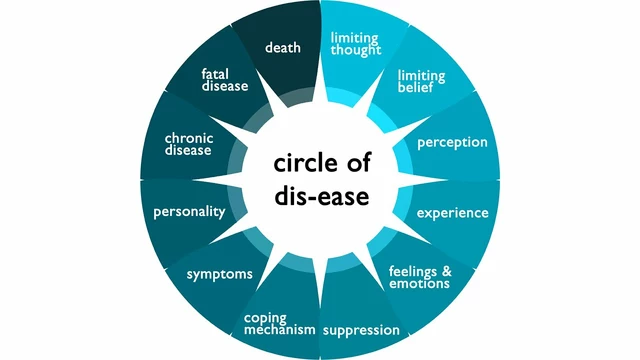Antihistamine dosing: clear, practical rules
If you treat allergies, knowing how much antihistamine to take matters. Below you’ll find typical over-the-counter doses for common antihistamines, simple timing tips, and safety notes so you don’t guess. This isn’t medical advice — check the product label and ask your doctor if you have health problems or take other meds.
Common OTC dosing (typical)
These are standard, widely used doses. Always use the exact form you buy (syrup, tablet, chewable) and follow age/weight directions on the package.
- Cetirizine (Zyrtec): Adults and kids 6+ — 10 mg once daily. Children 2–5 — 2.5 mg once daily or 2.5 mg twice daily (max 5 mg/day).
- Loratadine (Claritin): Adults and kids 6+ — 10 mg once daily. Children 2–5 — 5 mg once daily (syrup/chewable).
- Fexofenadine (Allegra): Adults — 180 mg once daily or 60 mg twice daily. Children (2–11) — follow product label (often 30 mg twice daily for younger kids).
- Diphenhydramine (Benadryl) — sedating: Adults — 25–50 mg every 4–6 hours as needed (max about 300 mg/day). Use lower, less frequent doses for older adults and children; follow label for pediatric dosing.
- Chlorpheniramine: Adults — 4 mg every 4–6 hours as needed (max ~24 mg/day). Common OTC choice for older, sedating relief; follow label for kids.
Practical tips & safety
If you need daily control (long pollen season or chronic hives), non-sedating antihistamines like cetirizine, loratadine, or fexofenadine are best for daytime use. Sedating drugs (diphenhydramine, chlorpheniramine) make many people drowsy — don’t drive or mix with alcohol or other sedatives.
Kid dosing often depends on weight and formulation. If a label gives a mg/kg range, use a child dosing syringe and calculate carefully, or ask a pharmacist. For infants and children under 2 years, don’t give antihistamines unless a doctor tells you to.
People with kidney or liver disease, or older adults, usually need lower doses or longer gaps between doses. If you have prostate problems, glaucoma, high blood pressure, or take MAOI antidepressants, check with your provider before using antihistamines.
Signs you need medical help: severe drowsiness, fast heartbeat, confusion, trouble breathing, or an allergic reaction that gets worse despite medication. For ongoing symptoms that don't respond to OTC doses, your doctor can adjust dose, change drugs, or suggest allergy testing.
Quick checklist: read the label, match dose to age/weight, avoid alcohol with sedating meds, store child medicines safely, and call your prescriber if you’re unsure. Small dose changes matter — when in doubt, ask a pharmacist or doctor before changing your regimen.




